How to Take Care of a Cactus – 5 Tips & Tricks
-
Pete Ortiz
- Last updated:
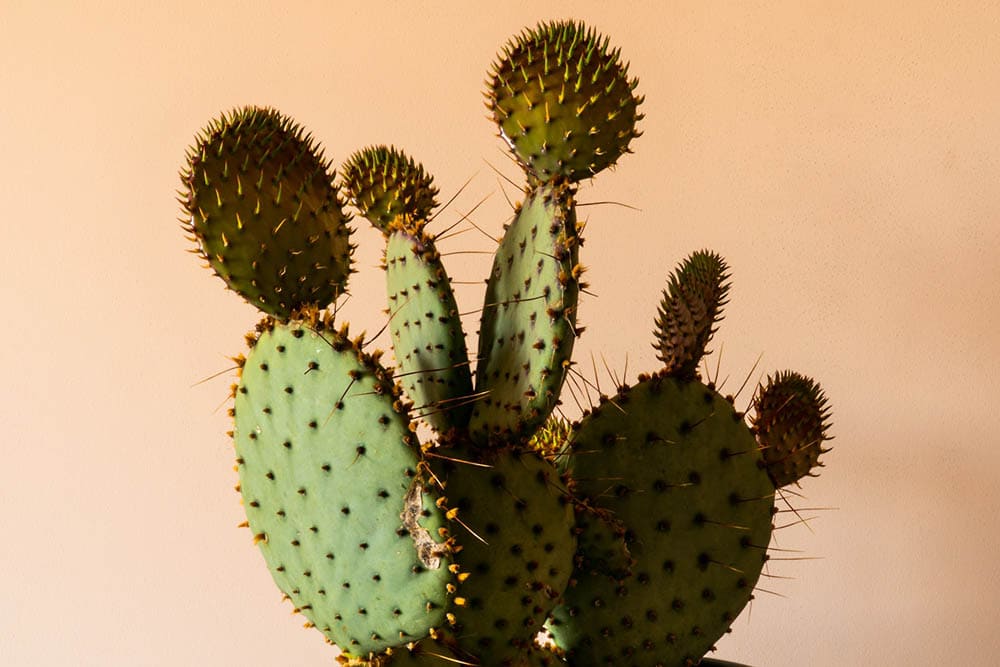
Cacti are a unique species of plant that thrive in dry soils. They have a long taproot, extending to deep areas of the earth to find moisture. When they locate water, the plant retains it in the root and regulates its intake by the rest of the plant from time to time.
Due to the amazing cactus’s ability to cater to itself, many people consider it a low-maintenance plant. Cacti are primarily grown in the house and used to adorn the living and workspaces. The structure of a cactus makes it attractive as an ornament in a wide space. Also, its low-maintenance features make it a favorite for most homeowners. Cacti exist in a variety of shapes, sizes, and colors, with the most popular shade being green.
Despite being a low-maintenance plant, the cactus still requires proper care, without which it will wither and die.
The 5 Tips & Tricks for Taking Care of a Cactus
1. Watering
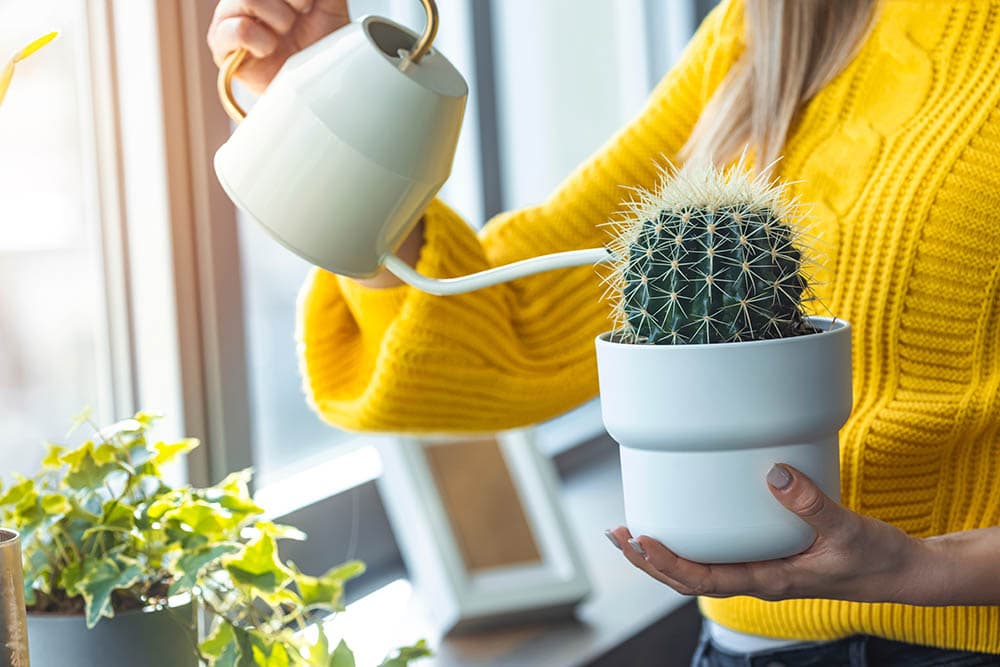
The cactus plant can be quite tricky to water. You need to ensure that the amount of water you give it is neither inadequate nor excessive. The idea is quite simple; just like every normal plant, cacti need watering. However, even in the case of a drought, they will still be alright.
The cacti plant should be watered at least once a week. It is crucial that you feel the topsoil before watering the plant again, especially when the weather has been cool and humid. Only water it when the topsoil feels dry, otherwise the roots will begin to get waterlogged.
2. Sunlight
You can’t take a cactus plant out of its natural habitat and then keep it hidden in the dark.
Ensure that your cactus is placed in a position where it can receive as much sunlight as it requires. While you are at it, remember that even the great cactus plant will have a negative reaction to too much sun, especially when placed in a position where the sun rays hit it directly.
Keep it in the sun, but not in a path of direct rays. If you notice the part facing the sun starts changing color to yellow or brown, give it some cooling time in the shade.
3. Suitable Soil
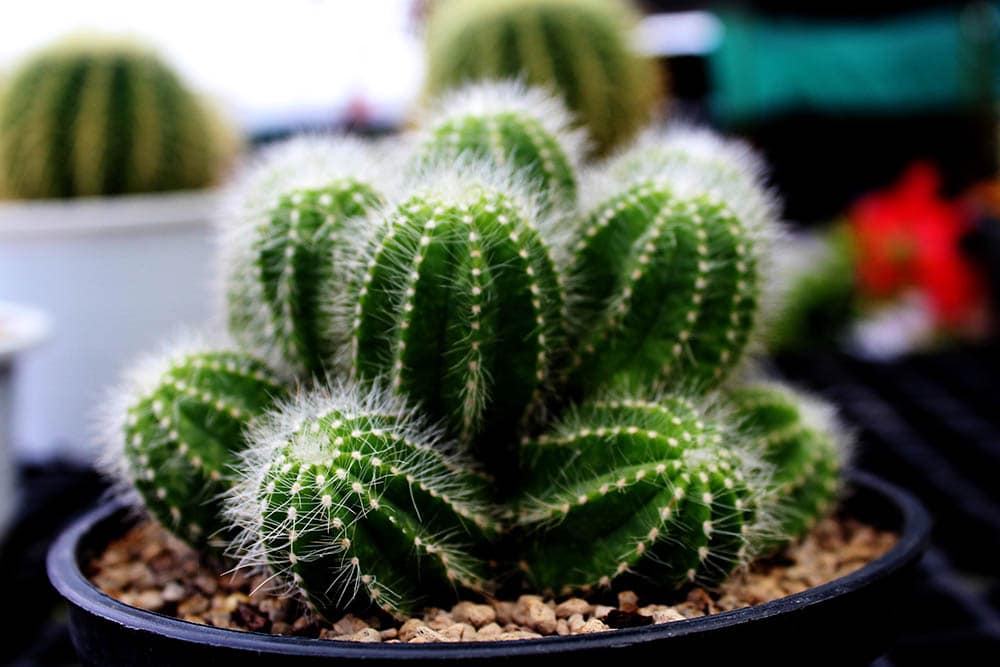
Cacti plants prefer dry and sandy soil types with some pebbles, rocks, and sand to keep those long roots dry and healthy.
There is a special soil mix for growing the cactus plant, and this will be best for them. Be sure to get the right soil mix for the cactus plant. Also, if you intend to use fertilizers to boost its growth, there are specific fertilizers available for cactus plants.
4. Location and Temperature
Because the cactus plant is used to heat, if you are going to grow a cactus in a humid area, then you must watch it meticulously.
During the winter, the plant prefers temperatures between 55 degrees Fahrenheit. When it is hot, temperatures from 70 to 80 degrees Fahrenheit are best for it. They also fare better in a humidity level of about 40% to 60%.
5. Handle with Protection
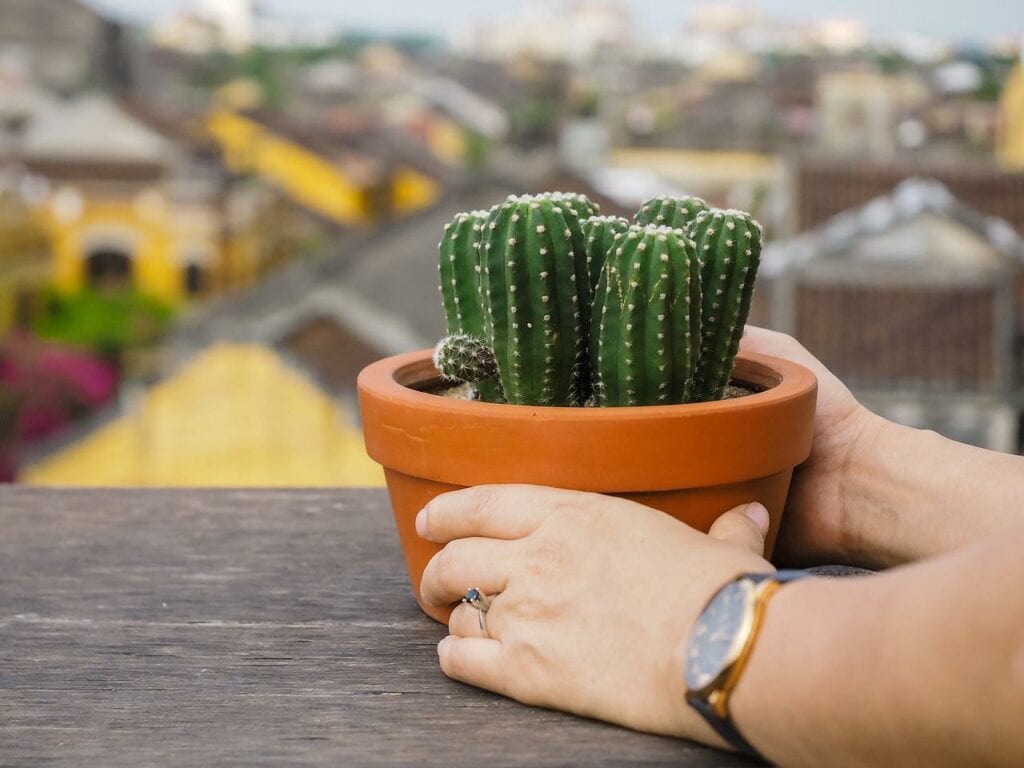
Remember that most cacti plants have spikes attached to them, some more pronounced than others. If the species you are growing has spikes, ensure that your hands are well protected with gloves while tending to them. Also, kitchen tongs can come in handy when repotting these plants.
Things to Note About the Cactus Plant
1. It is not indestructible
Due to its long-suffering nature, people tend to think that the cactus plant is indestructible. However, a high proportion of the cactus plant species are currently endangered since they are frequently being taken out from their natural habitats and converted to houseplants. In addition, the wrong care practice on a cactus plant can destroy it.
2. Some species of cacti produce prominent flowers
All cacti produce flowers. However, some species have more prominent blooms than others. These species are rare and mostly not found in homes.
3. Beware of the mealybug
The mealybug is the most common pest of the cactus plant. It can also be difficult to get rid of this pest. Check your cactus plant properly to ensure that it has not been infested.
4. It has a long lifespan
Out in the wild, some cacti can live for up to a hundred years. In a home or any indoor habitat, most can easily survive for 10 years with the right care.
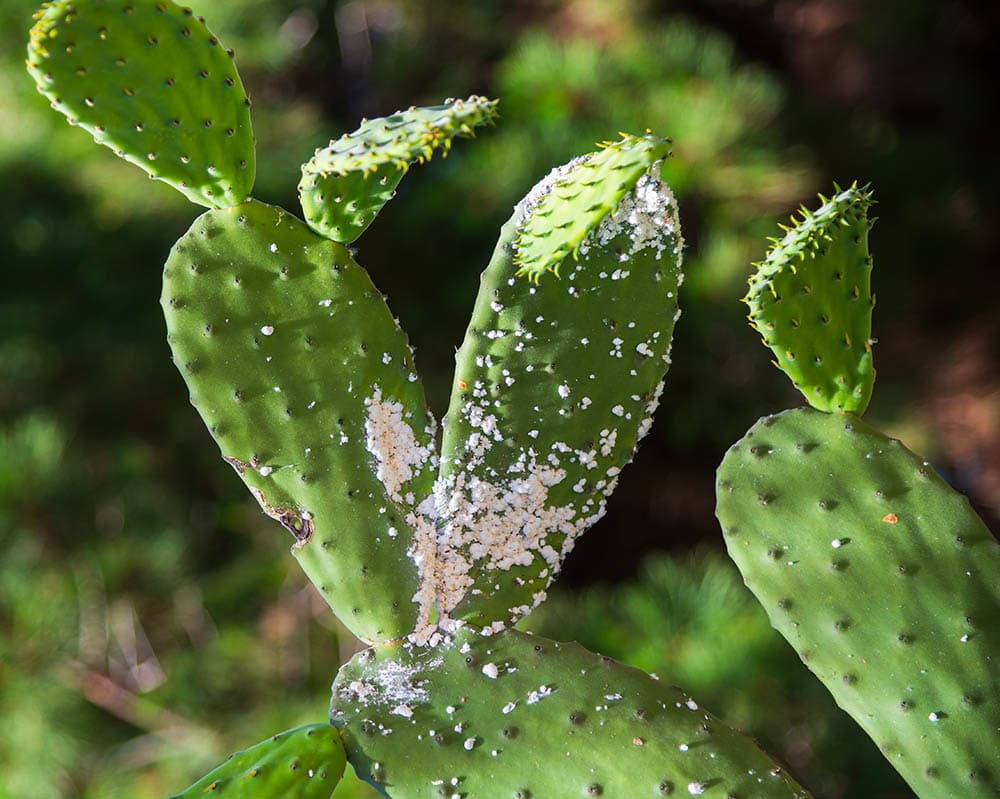
Benefits of Growing a Cactus Plant
Here are some benefits of growing the cactus plant in your home.
1. Easy to care for
Unlike most plants, caring for a cactus is less stressful. This is why most homeowners prefer to grow this particular plant. They also have a lengthened life span, so you do not have to think about replacing them often.
2. Improved memory
Experiments have shown that exposure to nature and its elements improves working memory. The cactus plant has a deep connection with nature, and keeping it in your workspace can enhance productivity.
3. Lots of health benefits
In addition to the external benefits, a cactus also offers many health benefits, according to scientific research. For example, the extract from cactus can reduce the effect of a hangover, improve gut health, reduce blood sugar levels, and lots more.
Final Thoughts
The cactus plant is a great investment. It is easy to take care of, and growing it has a lot of benefits.
Do not hesitate to dress up your precious cacti a bit to make them look more aesthetic in your home. Using a beautiful terracotta pot or a good-looking glass container to house the cacti plant is an excellent idea that can accentuate its beauty.
Your cacti are likely going to be around for a long time, so you might as well get used to caring for them.
- https://www.researchgate.net/publication/282574950
- https://www.nationalgeographic.com/science/article/houseplants-dont-purify-indoor-air
- https://www.apa.org/monitor/2020/04/nurtured-nature
- https://www.newscientist.com/article/dn6083-cactus-extract-offers-hangover-help/
- https://pubmed.ncbi.nlm.nih.gov/12555996/
- https://www.ncbi.nlm.nih.gov/pmc/articles/PMC3403124/
Featured Image Credit: Earl Wilcox, Unsplash
Contents


